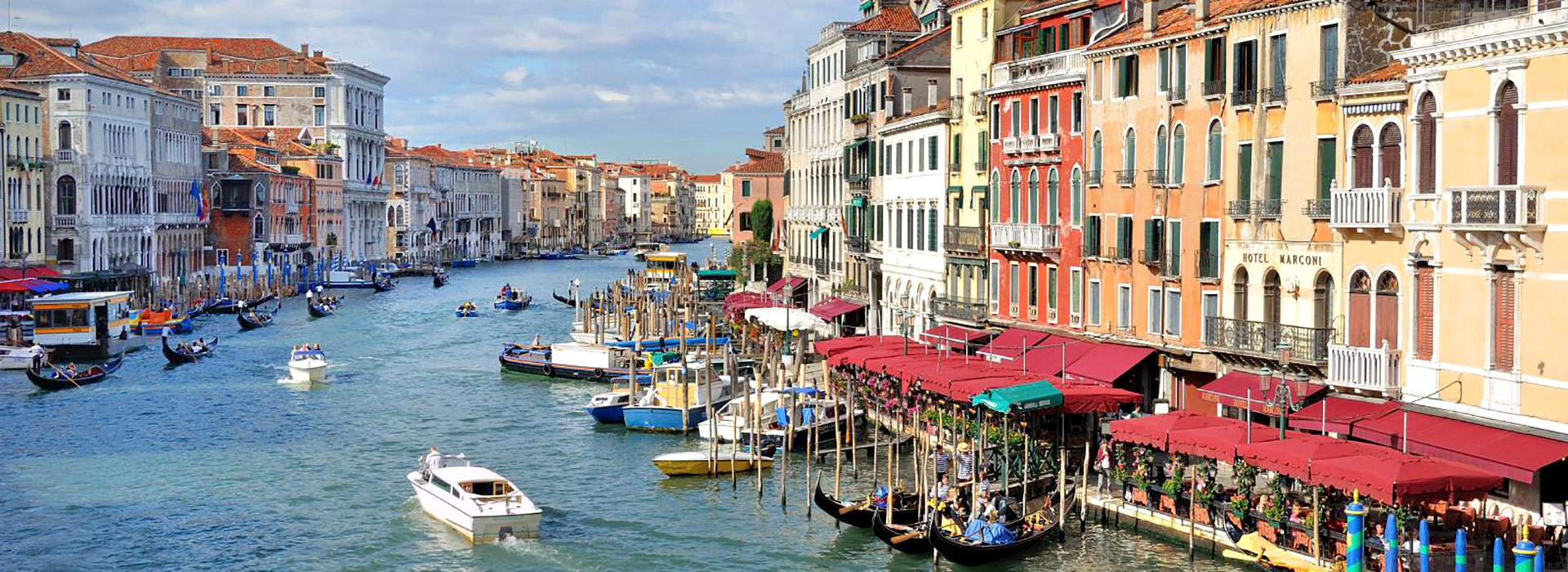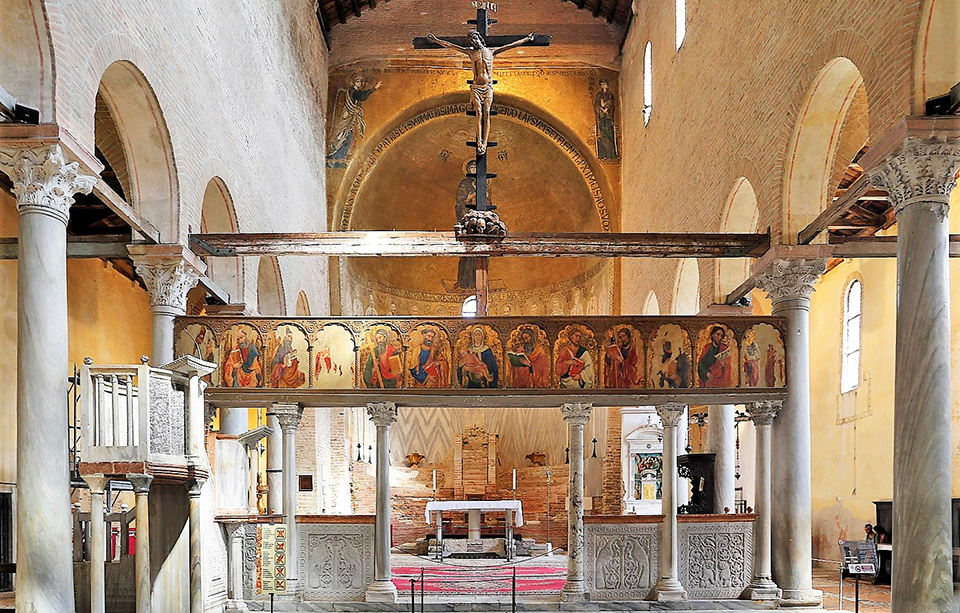Torcello Island Photo Gallery. Torcello is a quiet and sparsely populated island at the northern end of the Venetian Lagoon. It is considered the oldest continuously populated region of Venice, and once held the largest population of the Republic of Venice. Torcello is worth a visit: A magnificent Byzantine-Italian cathedral dating back to 639 A.D., the Basilica of Santa Maria Assunta, looms over the island with the Bell Tower and Church of Santa Fosca alongside.
Torcello developed between the 7th and 10th centuries, thanks to commerce, at first fostered by the salt-mines and then by an ever-widening commercial sphere. During the following centuries the centralisation of all the main productive activities in Venice caused the slow but uncontrollable economical and demographic decadence of Torcello, stressed in 11th century by the growth of marshlands in the lagoon that compromised the healthiness of the area. After this period we find Torcello all but deserted, seat of some convents conserved in part until Napoleon’s suppression, and of few inhabitants.
Basilica Santa Maria Assunta
The Cathedral of Santa Maria Assunta is a notable example of Venetian-Byzantine architecture, one of the most ancient religious edifices in the Veneto. According to an ancient inscription, it was founded by the exarch Isaac of Ravenna in 639.
Chiesa di Santa Fosca
The Church of Santa Fosca is a small church, which dates to the eleventh century, is built to a Greek-cross plan and fronted by a later portico, sorrounded by octagonal arcades with raised base arches and sculpted capitals. Inside there is an interesting connection between the square plan of the base and the round plan of the dome.
Museo provinciale di Torcello
The Torcello museum is housed in two fourteenth century palaces, the Palazzo dell'Archivio and the Palazzo del Consiglio, which was once the seat of the communal government. The museum of Torcello consists of two sections: the medieval and modern section and the archaeological section. In this first section are kept early Christian, high medieval and medieval findings, almost certainly from Torcello and the islands around it,. The second houses findings found in the Venetian area, the lagoon, and material from different places, such as a set of small Egyptian statues, covering a period from the Palaeolithic to the late Roman age.
Ponte del Diavolo
The Devil’s Bridge, arch shaped, is one of the oldest and the only one, with the Ponte Chiodo of Cannaregio, to have retained the characteristics of the old Venetian bridges: it is free of parapets. There is no certainty about the origin of the name: there are those who think the name comes from a local family (Diavoli, in fact), but perhaps the name goes back to the legend spread throughout Italy during the Middle Ages, according to which many bridges were the work of the Devil, who was building in exchange for souls. The latter hypothesis seems the most likely.




